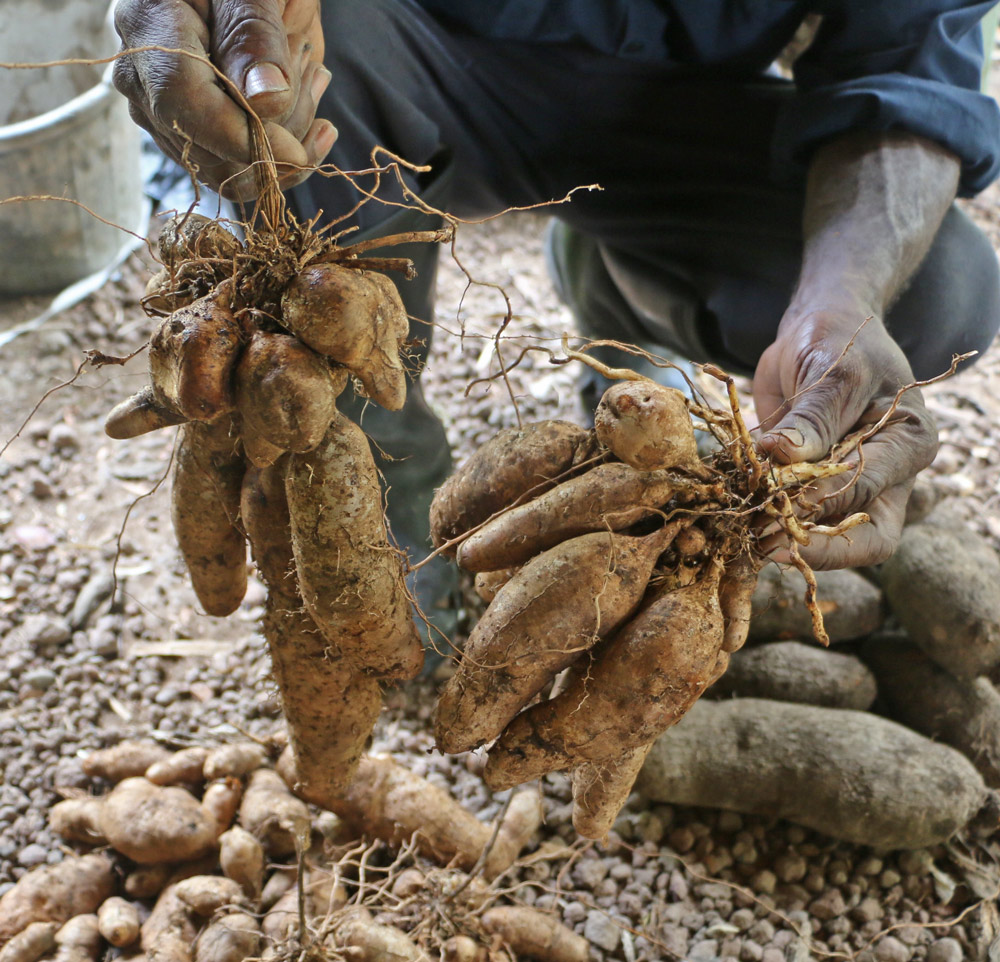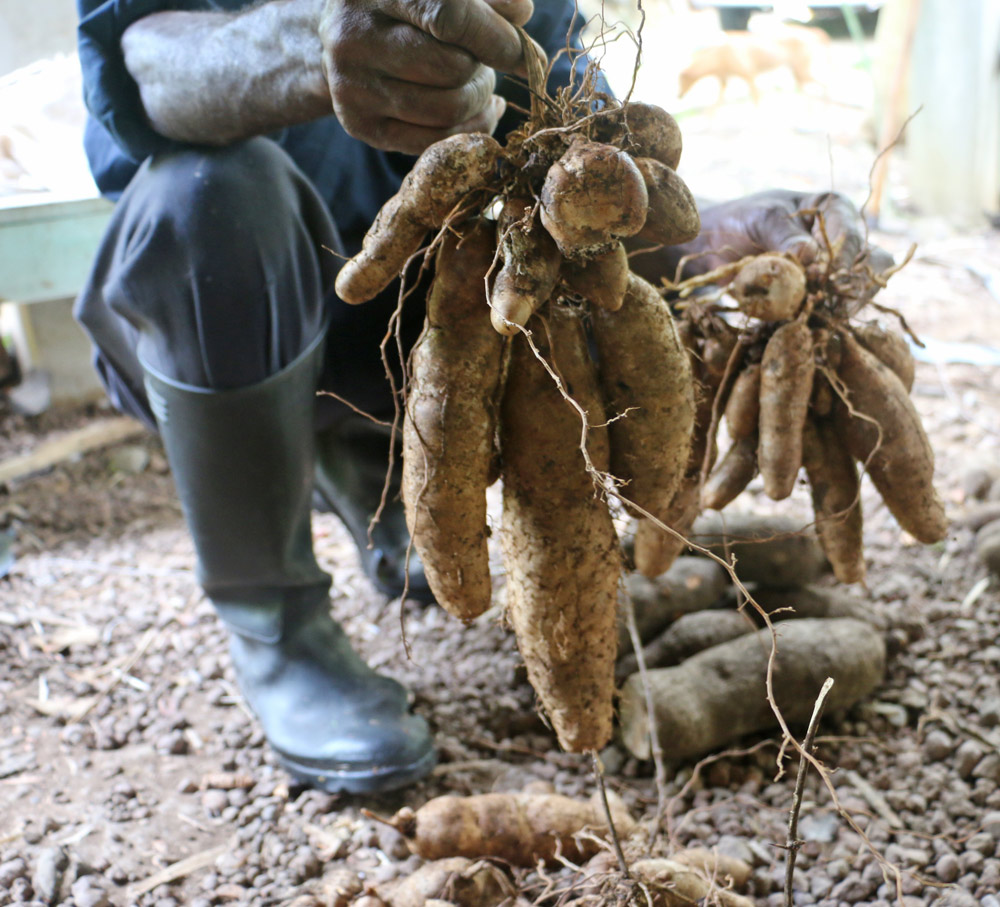Cole writes:
Hey David!I was checking out your YouTube channel and blog while studying yams as a potential perennial food source in my permaculture food forest. I’m primarily interested in the lesser yam because of its thin skin, easy harvesting size, and it seems like the best potato alternative out there.
I was wondering:
- How do the lesser grow in zone 8b (I think that’s your zone). I’m also in 8b in Oregon and have read mixed things. Does it need a special microclimate or especially heavy mulch?
- Do you know where to get some starts/bubils? I ordered some on eBay but it was the only spot I could find them. I’m looking for a backup in case they end up being bogus. I’d also be interested in purchasing some from you if you sell them 😊
- Do you find the lesser yam to have the same sliminess as the greater yam varieties?
- How would you say they compare to Sunchokes, if you’ve eaten those?
Thanks for taking the time to document these amazing tubers!
Thanks,
Cole
Thanks for writing, Cole.
The “lesser yam,” AKA Dioscorea esculenta, is rare in the states. Josh Jamison at Cody Cove Farm mentioned having grown some at H.E.A.R.T., but they were unfortunately bitter.
We had them in the West Indies and they were not bitter. They were easy to grow, though prickly, and would make pleasant clusters of tubers.
There, they were called “Fancy Yam.” Here’s my friend Mike showing some he grew:

We later planted those roots and grew our own.
Now, let’s get to Cole’s questions.
- I don’t know how they’ll do in zone 8b, or in any zone outside of the tropics. We grew them in the West Indies, but have not been able to find them again here, and importing them is not easy to do (legally). Unfortunately, I have no data.
- Ditto. No idea where to get them here, and I don’t have any.
- None of the yams I’ve tried have been slimy once cooked. The lesser yam would simply melt away if overcooked, falling into starch in the pot. You had to cook them very fast or there would be nothing to eat. Steaming was recommended by locals. And they were not slimy.
- They are better than sunchokes. Sunchokes taste rather like sweet, crispy, bland carrots. And then they destroy your digestion. They’re just not a good human food – they’re much better for pigs. Feed the pigs the sunchokes, then eat the pigs. Lesser yams, on the other hand, are soft and delicate, with a pleasant sweetness, and digest quite well. Much better for us to eat.
If anyone does come up with a source for D. esculenta in the states, please let us know. We’d be happy to try growing it here in Lower Alabama. The vines are much shorter and easier to trellis than D. alata. Grenadians trellised them on sticks hammered into the ground, and you would see little patches of them here and there in the mountains. At the time of our stay, they were becoming rare, however. Many farmers preferred the Lisbon yam as a crop, perhaps because of its size and its tougher skin, which made it much better for market sales.
It should be tested here!
Finally, here is a post I wrote with more info on Grenadian yam varieties.


1 comment
Thanks so much for answering my questions David! I’ll keep you posted if I can get my hands on some lesser yams. I’ve read anecdotally on some websites that they’re a little hardier than other varieties, but 8b seems to be the make or break zone for subtropical (if only I could grow peanut butter fruit!)
Happy hunting :^)
Comments are closed.